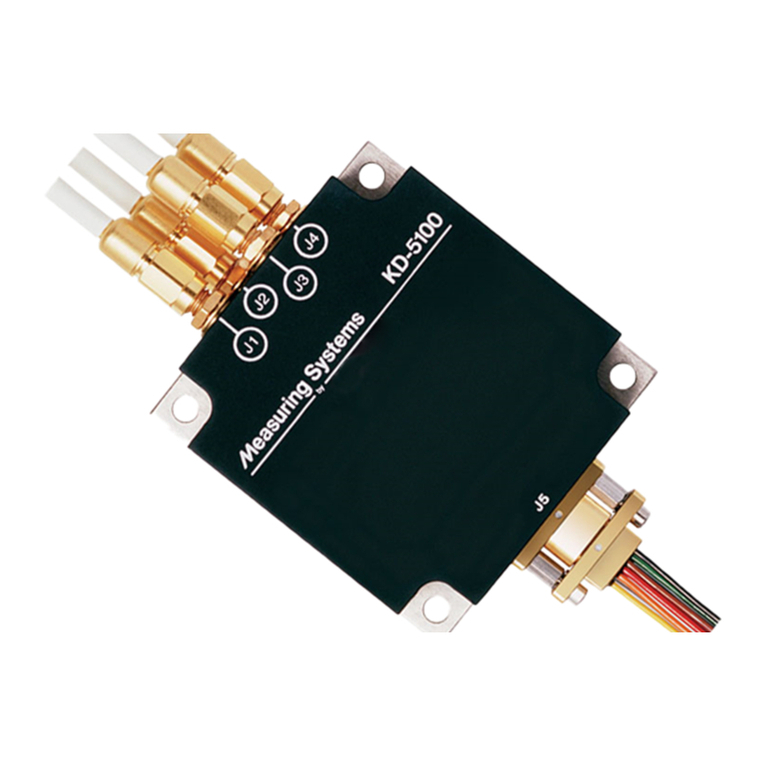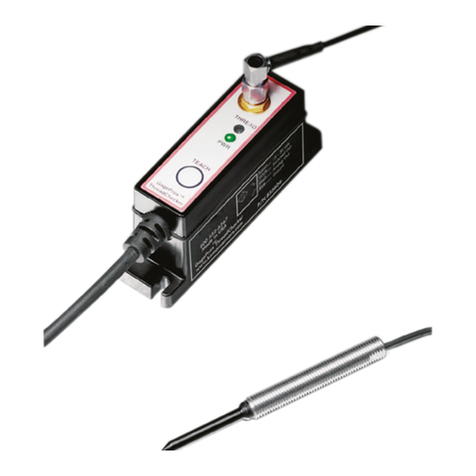www.kamansensors.com PART NO: 860512-001
Last Revised: 11/26/2014
2
Table of Contents
Part 1 – KD-2306 Description.................................................................. 3
Part 2 - Connecting the KD-2306 ............................................................ 4
Part 3 – KD-2306 Outputs ....................................................................... 5
3.1 Single Ended Voltage Output: ....................................................... 5
3.2 Differential Voltage Output:............................................................ 6
3.3 4-20 mA Current Output: ............................................................... 7
Part 4 - Calibrating the KD-2306 ............................................................. 7
4.1 Calibration Controls ....................................................................... 7
4.1.1 MIN (Zero) Controls ................................................................... 8
4.1.2 MID (Gain) Controls.................................................................... 8
4.1.3 MAX (Linearity) Controls............................................................. 9
4.2 Calibration Methods....................................................................... 9
4.3 Calibration Procedures ................................................................ 10
4.3.1 Full Scale Calibration Procedure (Voltage)............................... 10
4.3.2 Full Scale Calibration Procedure (Current)............................... 11
4.3.3 Bipolar Voltage Output Calibration Procedure.......................... 12
4.3.4 Alternate Bipolar Voltage Output Calibration............................ 13
4.3.5 High Accuracy Band Voltage Calibration.................................. 14
Part 5 - Synchronizing Multiple KD-2306 Systems................................ 16
Part 6 - System Modifications................................................................ 17
6.1 Temperature Compensation ........................................................ 17
6.2 Bridge Card.................................................................................. 17
6.3 Target Material............................................................................. 18
6.4 Sensor Cable Length ................................................................... 18
Appendix A – Standard Sensor Ranges & Offsets................................ 19































